Don’t Bring a Knife to a Gun Fight!
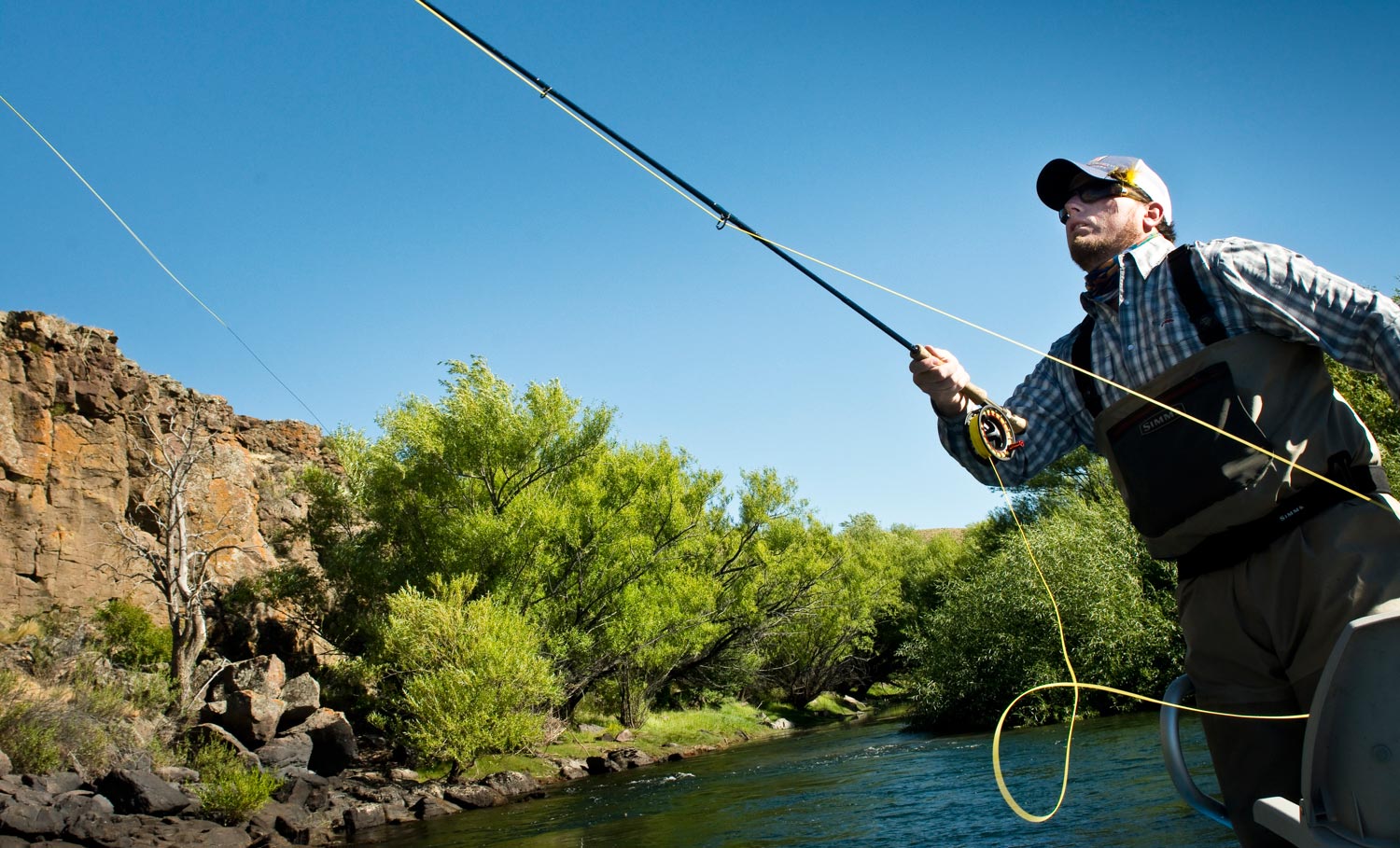
By Justin Pickett
I often bring a 6-weight and an 8-weight with me when I plan on fishing with streamers.
I make the decision as to which rod I will use based on water conditions and what sinking tip and patterns I will be using that day. For fast flows that require me to throw heavier tips, or heavier patterns I’ll take the 8-weight. If the water is slow and low, allowing me to get away with lightweight patterns, then I’ll bring along the 6-weight. Sounds like a reasonable thing to do right? Well, not for everyone.
The 8-weight tends to get the raised brow, or the “WTF?” reaction.
Some people like to get stuck on the fact that I’m fishing with a “saltwater rod”, or a “bass rod”, for trout. That’s not what it’s about though. I’m not fishing with an 8-weight so I can hoss every fish in the river into my net in thirty seconds or less, or because I’m afraid of being under-gunned. The reason behind this is simple. It takes less effort for me to cast a heavier rig with an 8-weight, than it does a 6-weight. Over the course of an entire day, it makes a huge difference. At the end of the day my arm doesn’t feel like jello, and I’m less likely to make poor casts related to fatigue. Don’t bring a knife to a gun fight. Bring a damn cannon!
Try chucking a five or six inch articulated streamer with
What is more important, presentation or fly choice?
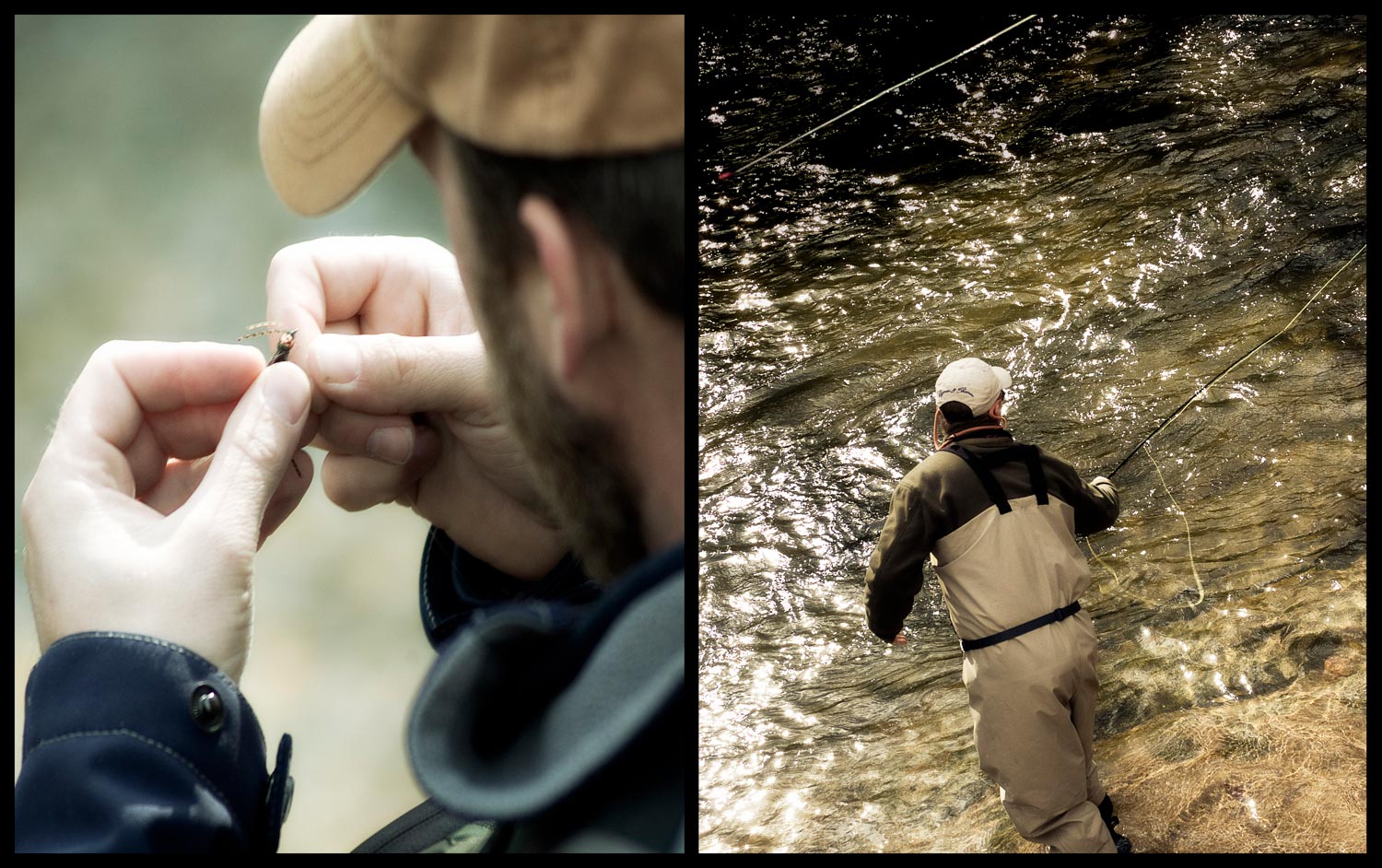
A few years ago, I was lucky enough to have the honor to participate in a podcast interview for askaboutflyfishing.com. It was an hour long conversation over the phone, with me spending most of that time talking about trout tactics on my home waters. Just as we were wrapping up the interview, the host Roger Maves, hit me with the mother of all fly fishing questions…..
What’s more important Kent, presentation or fly pattern choice?
I pondered for a few moments, before I gave a him a reply to the question that covered my butt. If I remember correctly, it was something along the lines of, “well, you have to get the fly to the fish no matter what to have a chance at catching fish, but there are many times, when I’ve seen fly pattern choice the true deciding factor in whether you find success on the water.”
Since that podcast, I’ve been asked that same question by clients more times than I can remember. It’s kind of a joke to me at this point, and that’s because I feel the question is really a loaded question. In my opinion, presentation and fly choice are equally important. And in total honesty, you need both to consistently catch fish regularly. That being said, there are times when one can be more important over the other, but that all depends on the day and where you happen to find yourself on the water fly fishing.
For example, if there’s a strong hatch in progress or for that matter just a specific food source the trout are keying in on, it can be critical you have the proper fly pattern tied on that will imitate it accurately. In this situation, even perfect presentations may yield no strikes if you’re fishing the wrong fly pattern. Yes, you may get lucky and catch a couple with the wrong fly pattern, but an experienced fly angler, that is competent in entomology, can come in right behind you with the correct fly for the situation and humble you quickly. On the contrary, find yourself on the saltwater flats fly fishing and even if you have the perfect fly pattern tied on, you can stand damn near a zero chance for success if you fail to make a well executed presentation to the fish you’re targeting. In this case, pattern choice can be completely thrown out the window.
A while back, I volunteered my time to guide a trout tournament. Fishing was extremely tough due to high and stained water from heavy rains the night before. The fishing was ugly, with many of the anglers finding themselves skunked, after the first four hour morning session. I can tell you that there were a crap load of worthy presentations during the morning session that should have ended with hook ups, but instead, failed to get the fish to eat. In the end, success was only found by
Read More »T&T’s Solar, The Power And The Glory

Thomas and Thomas’s Solar saltwater fly rod is the one I’ve been waiting for.
I’m on the bow of a flats boat in the Bahamas. Norman Rolle is so on the platform and my buddy Murphy Kane is standing by with the video camera. We are poling along the edge of some mangroves. When we approach a corner with a deep cut way back into the mangroves, Norman spots a fish. He’s a hundred feet or more back in the cut, surrounded by sparse mangrove shoots. I’m going to work for this one.
The fish turns and heads across the cut toward the mangroves on the far side. I’m losing my shot. I take two false casts and shoot the fly. My line finds its way between the mangrove shoots and cuts him off perfectly. He pounces on it. After a little negotiation, I bring the fish to hand and release him.
“That makes a guide feel good Louis,” Norman calls down from the platform. “You make a hundred foot cast and put the fly right where it needs to be.” He is beaming.
“You are pretty spectacular,” Murphy tells me taking the camera from his eye. I feel like an imposter. Like a cheater.
“Even a blind hog finds an acorn once in a while,” I tell them. I know that that cast was about 25% skill, 25% luck and 50% Thomas and Thomas.
New fly rods come off every year like the Mother’s Day hatch. Each year, rods claim to be game changers. We anglers are a wash in hot new rods, but every once in a great while a rod comes along that actually does change the game. For me, that rod is the Thomas and Thomas Solar.
If you’ve been reading for a while, you know I’m a big fan of Tom Dorsey’s rod designs. When I was learning to make bamboo rods, fifteen years ago, I studied Tom’s tapers. He was a giant of bamboo rod design and did crazy innovative things no one even dreamed of. Bamboo rod makers of that time were like silent film stars. Almost none of them made the transition to graphite. Tom not only made the transition, he became a pioneer again. Half a century later, with his hair and mustache white as snow, he is making the best rods of his career.
For fly fishing in saltwater you need a rod with
Read More »Skunked
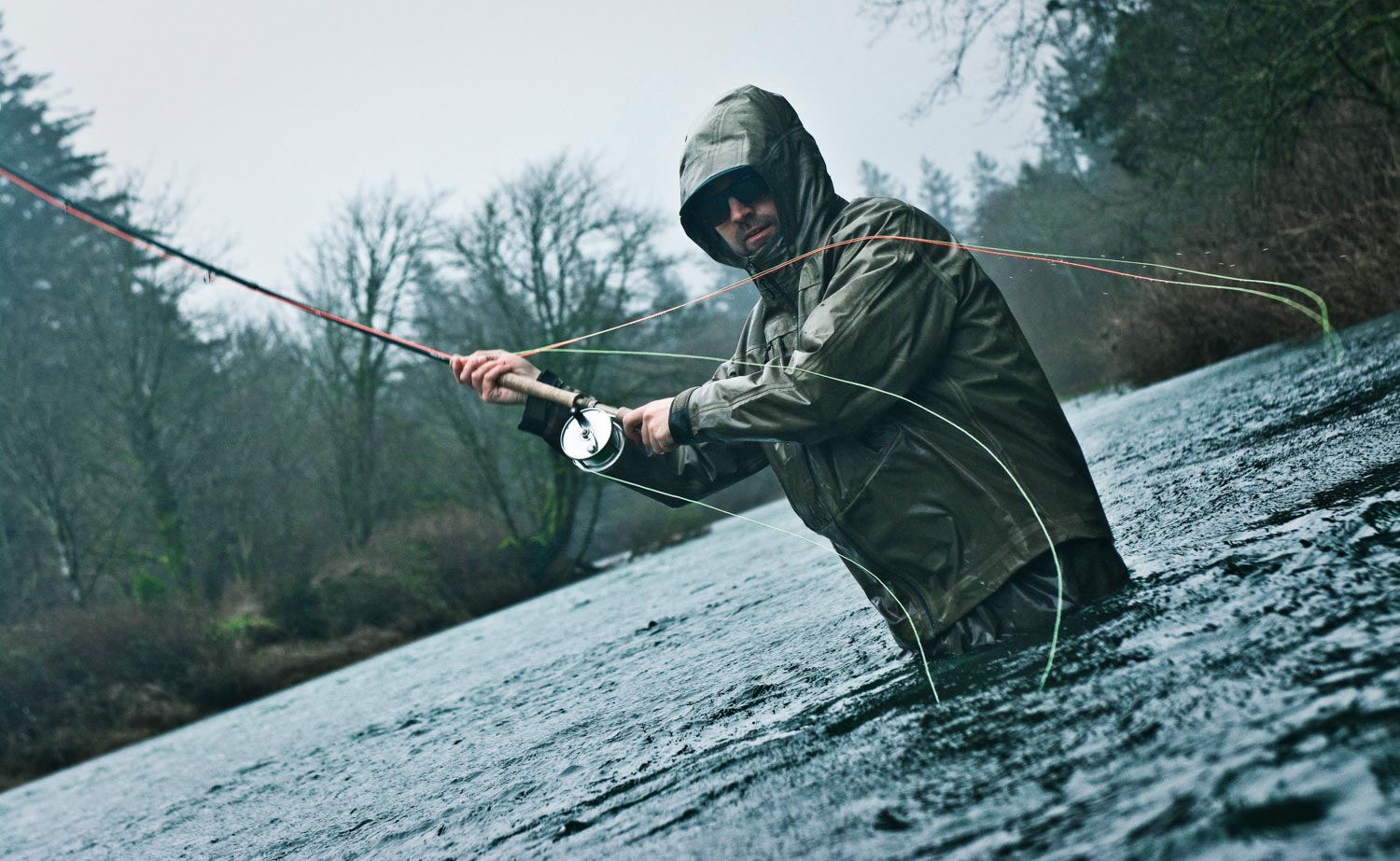
I POUR MYSELF A STIFF RYE WHISKY AND SETTLE IN ON THE COUCH TO WATCH THE RAIN. I’VE HAD THIS COMING TO ME FOR QUITE SOME TIME.
There are no steelhead rivers in Georgia, or anywhere near Georgia. For me to chase these fish I love usually means spending a minimum of five hours in a middle seat, both ways, and parting with a substantial chunk of the annual fishing budget. I do it every time I get the chance.
I cut my teeth on the tributaries of the Great Lakes, fishing huge garish glow bugs, but once I learned to cast a Spey rod and felt the pull of a wild Pacific steelhead the lake run fish didn’t scratch the itch any longer. There’s nothing wrong with those great fish, I had just moved on. Years later I find myself with a pile of two-handers and a suitcase full of frequent-flier miles. However geographically undesirable, I can’t give up steelhead.
Let’s face it, swinging flies for steelhead is stupid. That’s to say that there are a hundred better ways to catch them. If catching fish is what you care about, fish bait. Ok. Please don’t fish bait but get yourself a box of beads or a handful of egg flies or marabou jigs and tear them up. The guys you see swinging flies are in it for something else. Even though I’m one of them, I’m not sure exactly what.
I can, and have, gotten very romantic about it but I’ll spare you for now. There’s just something about the whole process, the feel of the swing, the elaborate and hopefully beautiful cast, the elegant flies and complex lines and, of course, the grab of the fish that feeds some need I don’t fully understand. I want to catch fish. Desperately sometimes but not so desperately that I pick up the nymph rod. Not because I’m too good for it but because it’s not what I want.
The cost of this mania, as anyone who has ever done it knows, is the ever present risk of getting skunked. It’s always right there with you. It’s on the plane next to you. It’s in the boat. It’s low-holing you in every run. It snuggles up next to you in the bed, its awkward boner pressed against your backside. It’s in you dreams. Dreams where suave Disneyesque skunks bring you heart-shaped boxes of goose eggs. From the minute you pick up the long rod with two feet of cork, the skunk is riding shotgun.
Here’s the uncomfortable truth.
Read More »Sunday Classic / Don’t Fly Fish With One Arm If you Have Two
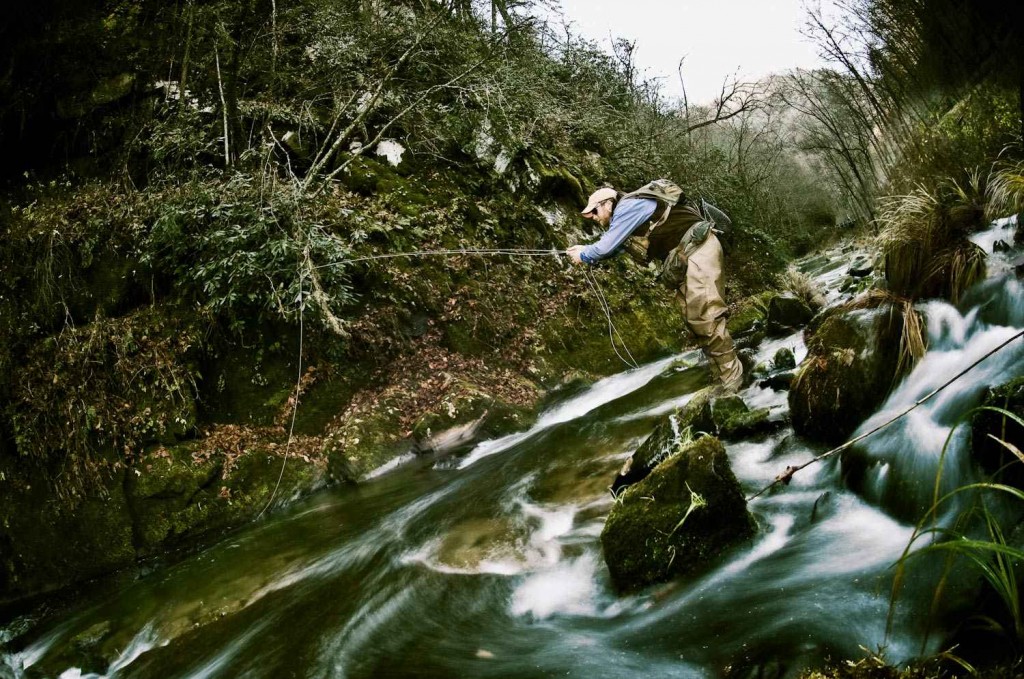
BETTER HIGH-STICKING TECHNIQUE
Now that I’ve got your attention, let’s talk about how important it is when high-sticking a fly rod to always utilize both of your arms during your drift. Perfect line management while high-sticking, often boils down to managing inches of fly line and leader. In many cases, it only takes a foot or less of fly line or leader on the water to catch current and destroy your drift. Many of my novice clients, and even some of my advanced clients, regularly high-stick with only one of their arms; choosing to keep their line hand and arm positioned down by their side during the drift. I don’t like high-sticking with only one arm for two reasons.
Reason #1 – High-Sticking with two arms promotes better line management
When high-sticking, you often need to micro-manage your fly line with small strips to keep 100% of your fly line and leader off the water during your drift. If you keep your non-rod arm straight down at your side, you’re not able to strip any additional line in during your drift. When high-sticking correctly, fly anglers should only have their strike indicator or dry fly on the water during their drift, keeping the rest of their leader and fly line off the waters surface. Done correctly, it will minimize the ability of conflicting water currents (currents flowing at different speeds) to have negative effect on your drift. If your nymphing, your flies will sink quicker and stay down in the strike zone longer, and if you’re dry fly fishing, your dry fly will stay drag-free and float the same speed as the current throughout your drift. With both fly fishing rigs, high-sticking correctly can consistently double your drift time in the prime trout water, and that means your flies will stay in front of the fish longer and hookups will increase. Utilizing both of your arms and hands when high-sticking will promote better line management and give your flies a more natural looking drift. Keep in mind that the closer you keep your stripping hand to your fly rod the more accurate and precise you can be with your strips and line management.
Reason #2 – High-Sticking with two arms puts
Read More »Saturday Shoutout / Hatch On Land Thieves

THIS IS A GREAT PIECE OF TRUE JOURNALISM.
I have friends in Europe who pay handsomely to fish just a few days a year on rivers which have been devastated by private land management. Their stories make my blood cold. If you ask them, we live in a fishing paradise but not for much longer.
If the current tide on political thievery goes unchecked our public lands, now the finest in the world, will no longer be ours to fish and hunt. Don’t believe me?
Read this great story in Hatch Magazine.
EXPOSING THE EFFORT TO SEIZE AMERICA’S PUBLIC LANDS
Read More »The Bonefish and Tarpon Trust Needs You To Go Fishing
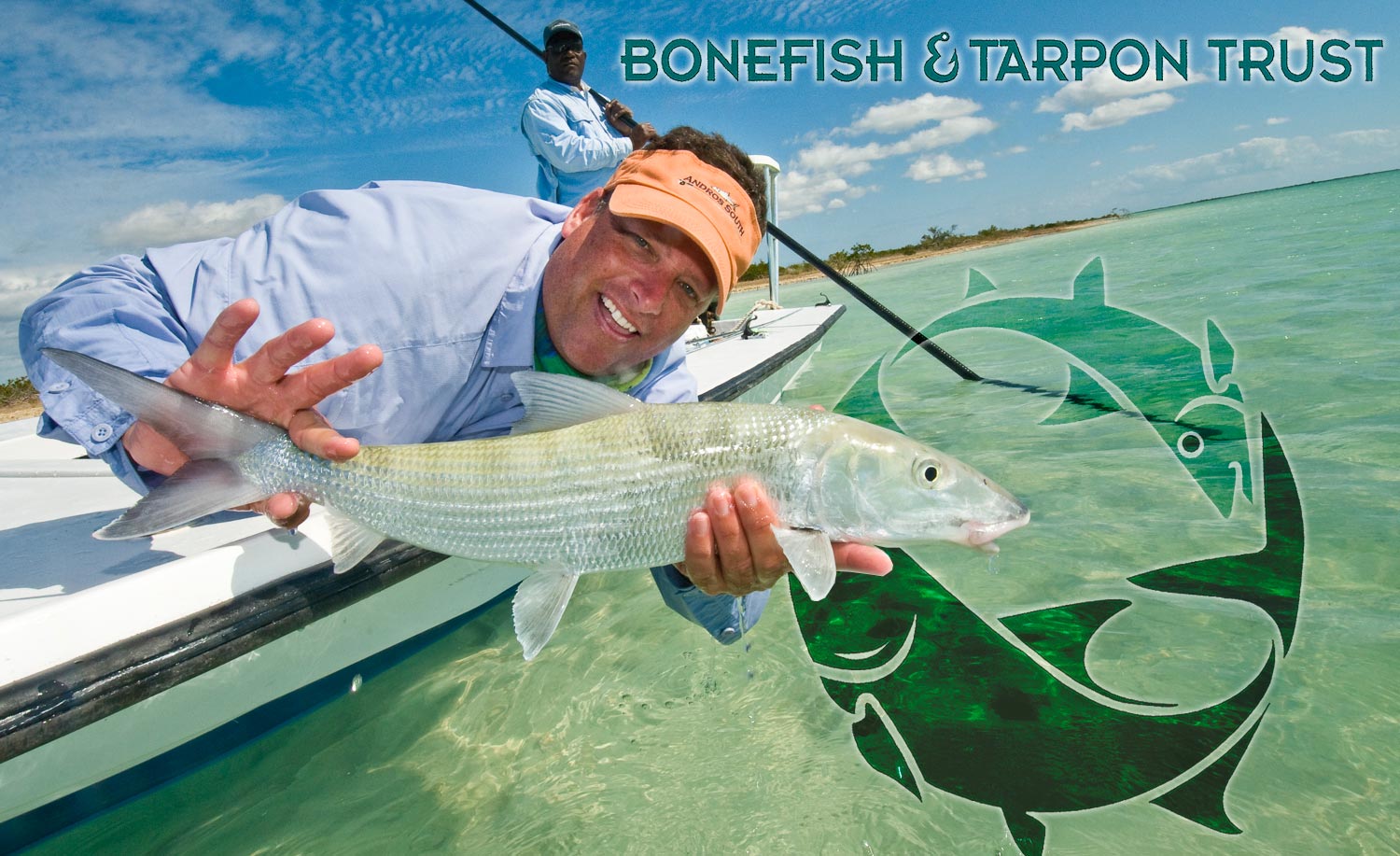
Of you like bonefish, tarpon or permit, you’ll love BTT.
The Bonefish and Tarpon Trust is the only conservation group dedicated to studying bonefish tarpon and permit. That’s just a little frightening! Add to that that they only started in 1998 and you may start to understand why so little is known about these fish, their habitat and what must be done to protect them. Luckily, there is something you can do to help. Go Fishing!
BTT is asking anglers to help in their work by tagging and sampling fish. It’s a real contribution that will help to understand the issues effecting these great sport fish. Watch this video with Aaron Adams where he explains the work and how you can help. You can contact BTT for sampling kits at info@bonefishtarpontrust.org
Read More »4 Tips to Being a Better Guide
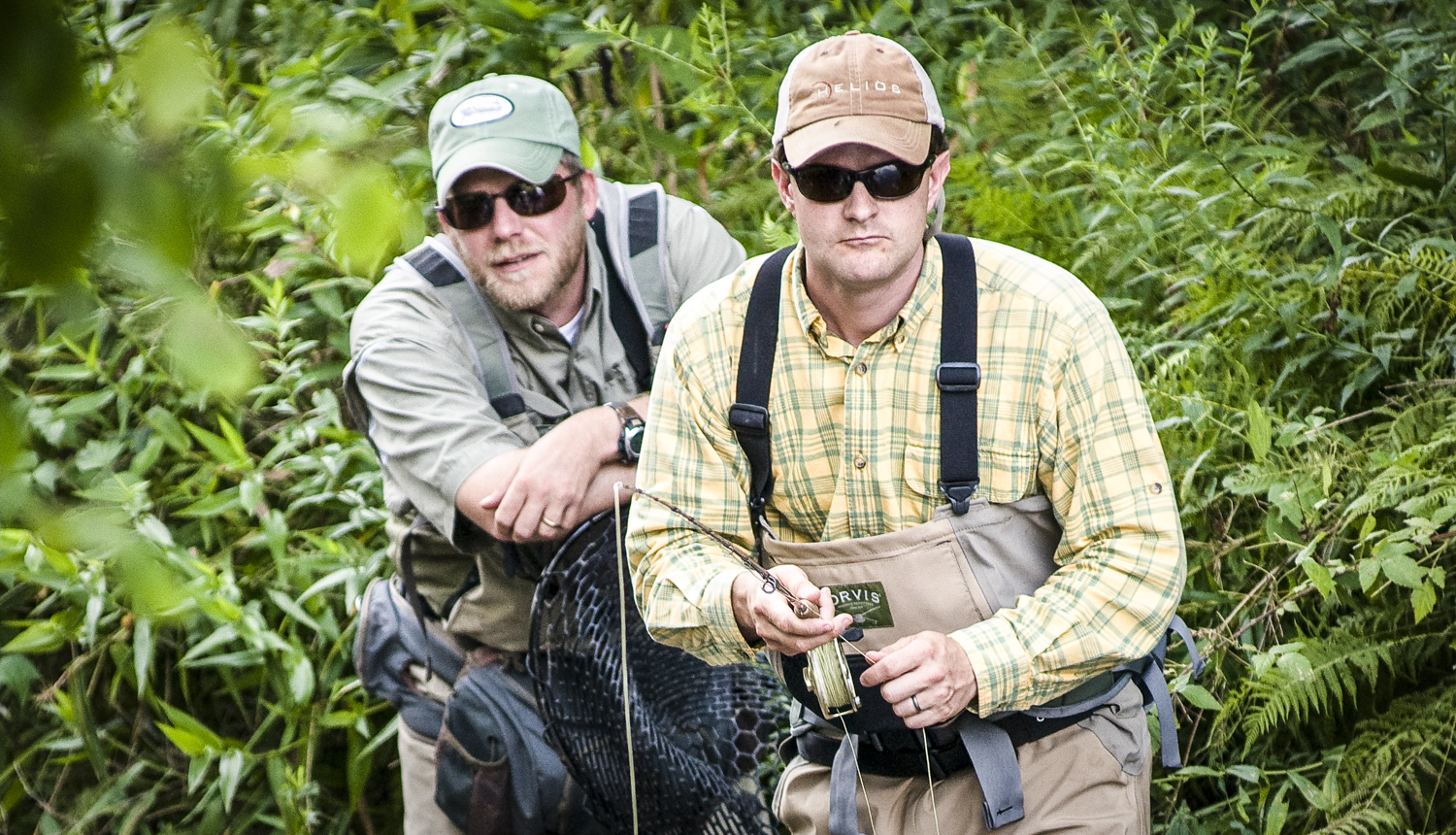
By Cameron Rhodes
WHEN I TELL PEOPLE THAT I AM A FLY FISHING GUIDE, THEIR IMMEDIATE RESPONSE IS USUALLY: “COOL! YOU GET TO FISH ALL DAY AND MAKE MONEY DOING IT!”
When I start to explain what my day consists of, they change their perspective a little. “So you’re telling me that you don’t fish every day, but instead you watch and teach people to fish? Well at least you get to be outside.”
I do fish a lot. I mean a lot. When I’m not with clients, I am usually on the river with some good friends. When I’m done with a trip, I head out to the river for an evening float, to relax and drink some beers. So for me to say I don’t get to fish would be untrue.
I am fortunate to fish as much as I do. I explain to people that there’s more to being a fishing guide than fishing all the time and drinking beers with buddies. It’s a passion. The guide business can be tough, but it’s the passion that brings us all back to the water year after year.
Here are four things that keep my passion alive and help me be the best guide I can be.
Create an enjoyable atmosphere for clients
This one is the biggest. A guide isn’t there just to put people on fish. A guide is there to show clients a good time and share a memorable experience. You are there to help make the most out of their vacation. To us, it’s another day another dollar, but to them it’s a getaway to the mountains, or beach or wherever and relax while enjoying some fishing. So treat it as just that. I wouldn’t want to spend my vacation listening to a fishing guide yelling at me because I missed the last fish or because I can’t cast. I want my guide to have fun with me and create a great experience. Joke around and have a good time. After all, It’s just fishing.
This is easier said than done, especially when the fishing is slow or towards the end of the season when guides get a bit cranky, which is natural. They’re worn out, they’ve been in the sun for months on end and have dealt with everything from losing anchors to forgetting lunch.
Last season I lost over $100 worth of flies off my boat. The flies in that box were the only flies that worked that day. That same trip I hooked my anchor on a rock and had to cut it. I tried my best and I made it an experience. We ended up landing a couple fish but most of all, we had fun and laughed about it later. I could have made a bad experience for everyone but instead I kept my chin up. Remember, when the guide is having a rough day, it rubs off on the clients.
Get used to not fishing
A buddy once told me, “Guiding is like watching some guy that you hardly know have sex with a super-hot chick and you have to sit and watch while he butchers it. There is nothing you can do but watch and tell him how you would do it better.”
Fishing is our super-hot chick
Sunday Classic / Nets, Go Big or Go Home
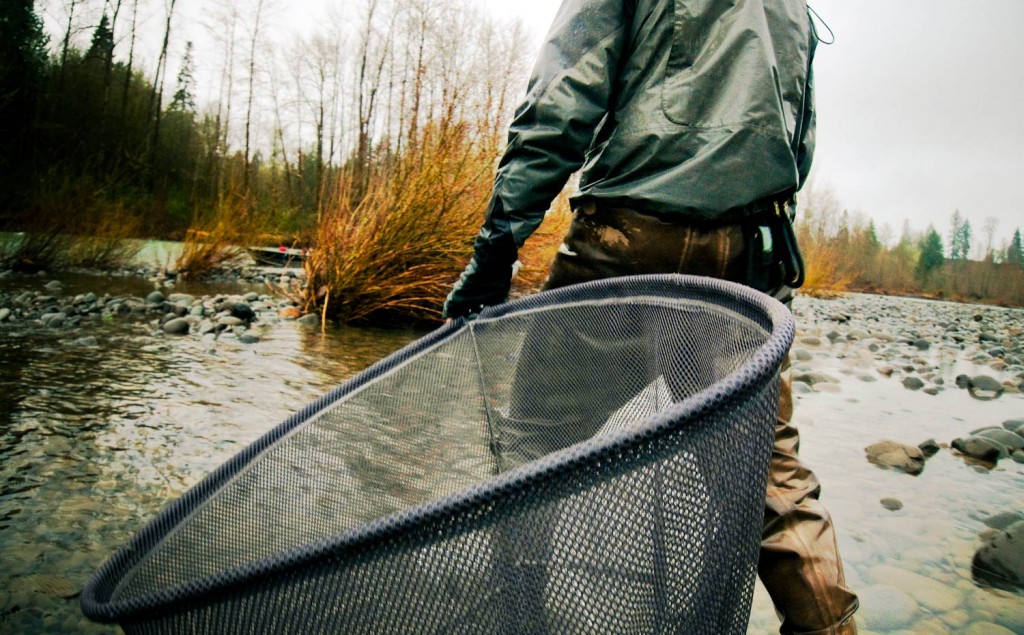
I received an email from a reader the other day asking advice on steelhead nets. I thought it was a topic worth some discussion. We put a lot of thought into rods, reels, lines and flies but often the piece of equipment that seals the deal is an afterthought. I was guilty of this for years, carrying a net that wasn’t up to the job for purely sentimental reasons. I finally realized it made no sense and tooled up.
HERE ARE A COUPLE OF THINGS THAT I LOOK FOR IN A NET.
Size Matters
Bigger is better and biggest is best! When your fighting the fish of a lifetime you don’t have time to run to Wal-Mart for a bigger net. Plan for success. My regular trout net is 20″ across. For steelhead you’ll want something bigger. It’s easier to net a tough fish and it gentler on them as well. Go big or go home.
The Bag
This is the most important thing to me. Traditional nets tear fins and remove slime from fish. The new rubber nets are the friendliest thing for the fish. Put them back the way you found them.
A Long Handel
I don’t care what they allow in competition, longer is better. If it means you net the fish faster it cuts down on the chance you will unbutton and it’s better for the fish.
Light Weight
I love the look of a wooden net but
Saturday Shoutout / Mitt Monkeys and Tuesday Bananas

THOSE MITT MONKEYS ARE UP TO SOMETHING GOOD!
This week’s shout out goes to Michigan Fly and it’s one of the beys things I’ve seen on the web in some time. I’m not sure when the idea of Tuesday Bananas came along but lately it’s really hit it’s stride. This series is timely, satyrical, unapologetic and plane hysterical. Even if you’ve never been to Michigan you’ll love Tuesday Bananas.
Here are three of my favorites, but I’d encourage you to explore the site. There are a great many more serious posts you will enjoy as well. Read up,and if you have the chance, get to the mitt for some of their great fishing!
Lost Michigan Salmon Run Found
Arkansas Residents Grow Weary of Michigan Anglers
Colorado Trout Dazed and Confused
Read More »